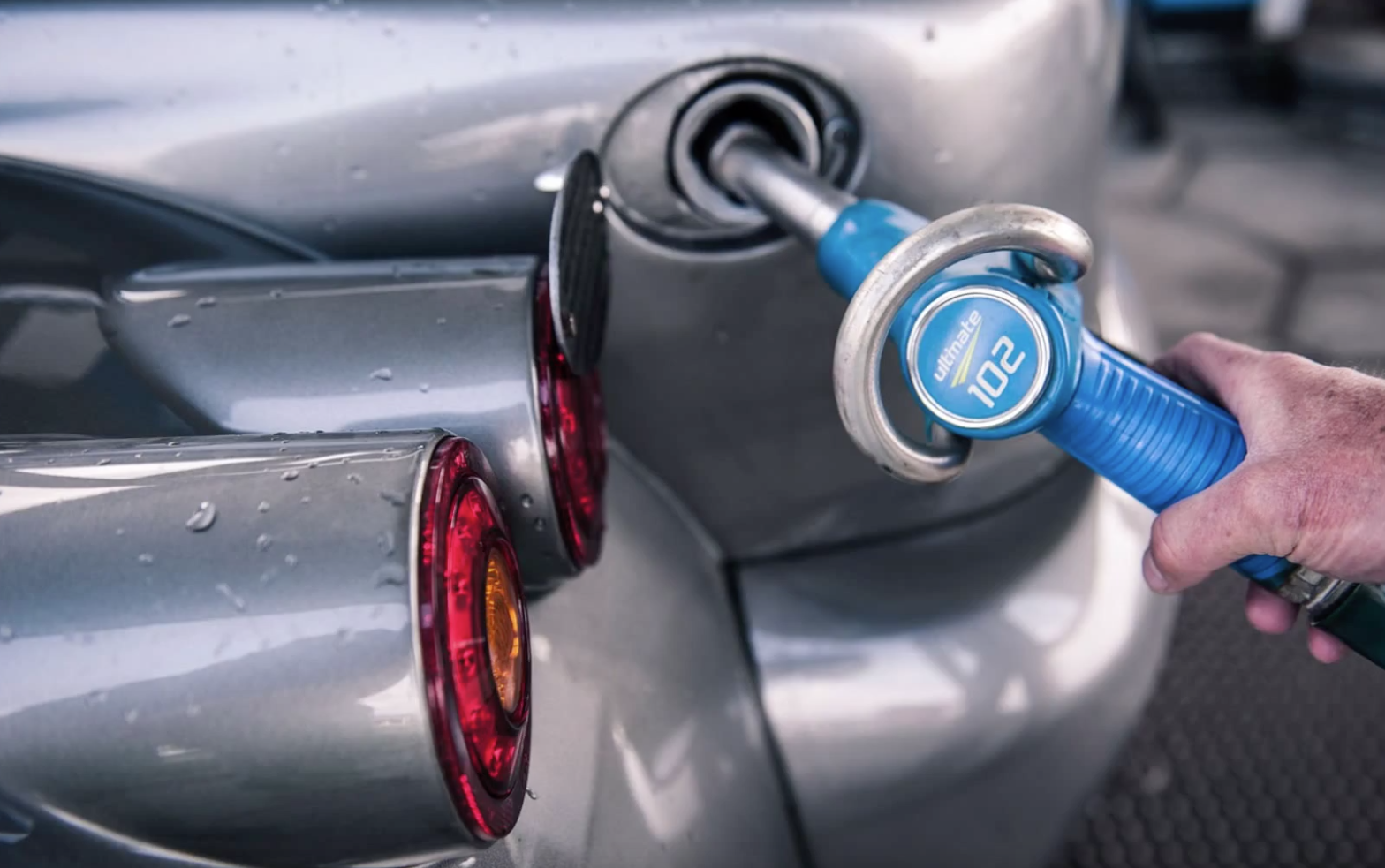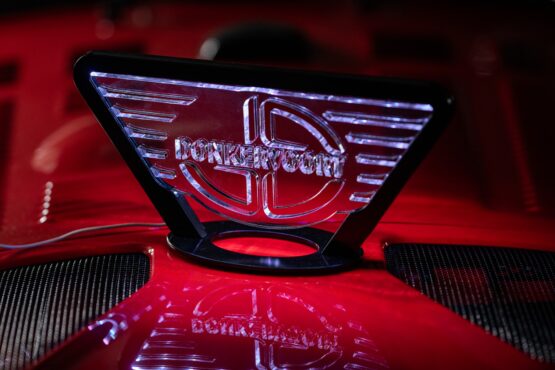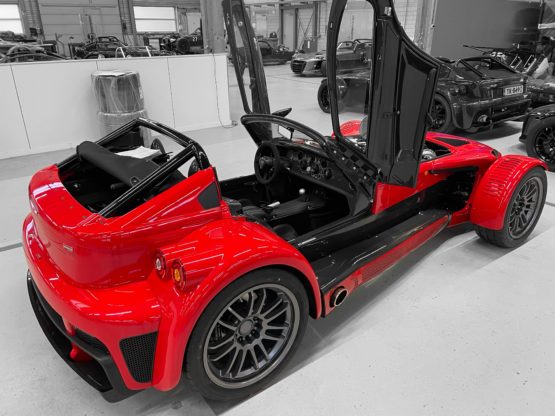Should we feel guilty about driving our poison gas spitting Donkervoorts in a time that the arctic areas are filling the oceans to the rim, while the tropics move north and the world is desperately looking into mobility-concepts for the next generation? Should we slowly say farewell to the fun of archaic machinery, park our stuff in automotive mausoleums and move on to the world of tomorrow?
Perhaps we better wake up, pull our head out of the sand, turn around the perspective and start feeling proud being the caretakers of automobiles that – at least with respect to sustainability – have the smallest eco-footprint one can imagine. Yes, the exhaust fumes are a little setback, but there are solutions for that. Very simple yet radical solutions for the near future, and slightly more complex ones for a bit further down the road.
We need to choose from either of these options. If we just lean back and think that time will learn, then time will learn us a bitter lesson. If we are careless, we will be car-less. If you think you can keep the environment out of the hobby you should realize that it is already in here much longer than you think. The use of lead in petrol was banned in the mid nineties and was gone altogether in 2000. In order to make your ‘antique engine’ survive you have been using lead substitute nearly twenty years. So…
Yes, instead of submerging in a defensive role and instead of closing our ears for the subject, we should step forward with solid, clean arguments and be examples to the world. Yet being a fine example instead of a littering crook doesn’t come easy as well. We need to make sacrifices. Something what is hard to copy with a modern car preferably. Following the 2015 UNFCCC-Paris-agreement carbon dioxide production should be 30% down in 2020 and 50% in 2030. Very hard to realize with modern cars. But very easy – yet a bit painful – to realize with our Donkervoort cars. How? As we don’t need our motorcars on a daily basis we only need to bring down our use of petrol with 30%. Personally I am realizing that by only working on the 2nd Donkervoort during the summer. Crazy of course 😉
As said – aside petrol consumption and bad fumes – our Donkervoort cars are the finest examples of sustainability and have Micky Mouse like eco footprints. When you’re at home in the subject you may know that the production of a new car equals with 3 years of driving a modern car. The amount of carbon dioxide involved with mining ore, the transport of raw materials to factories, building facilities, commuting workers and the transport of new cars to distributors and so on and so on is massive. The production footprint of our cars is not only long forgotten but it was very much smaller as well.
While I am reducing my petrol intake, I keep hoping that some of the ingenious engineers in our hobby have started thinking about carbon neutral alternatives (link) for petrol in our cars.
Donkervoort and full EV?
According to Joop Donkervoort, we are still in the mood for a ‘self-drive’ in 2050. Preferably with exhaust noise. “Electric driving is like listening to your favorite band that does not have an amplifier,” he states. “Understand me well, I’m not against electric cars, the electric motors themselves are ideal, and we’ll all be driving electric.” Nevertheless, electric cars and Donkervoort remain opposed for the time being. Joop Donkervoort demands that his cars are as light as possible in order to drive faster. Electric cars are considerably heavier than petrol cars because of their battery package. Larger manufacturers are searching for lighter batteries. “We are not ready yet.”




